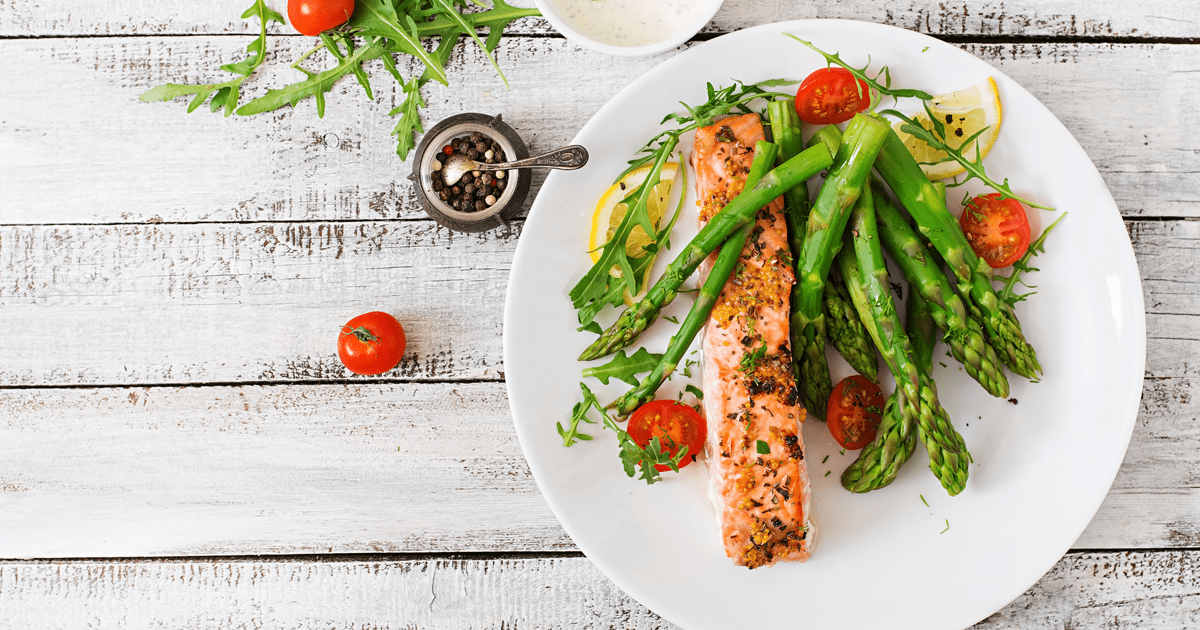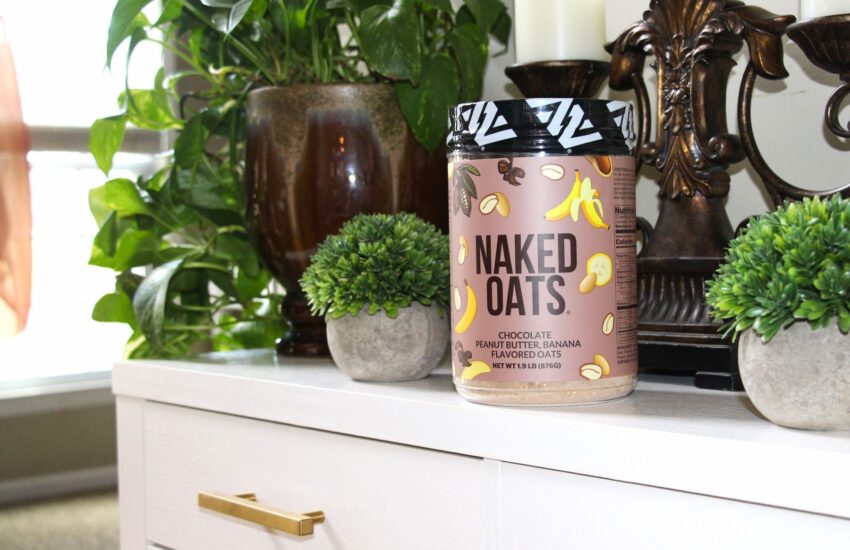How to Prepare Your Meals and Keep it Low Carb
If you’re interested in taking up a low-carb diet program today, then this is just the post to count on. As the name suggests, this is the kind of diet that limits the intake of carbohydrates, a biomolecule that consists of fibers, sugars and starches that are fruits, vegetables, grains and milk products. It is high in fat and protein. There are various kinds of low-carb diets available and, according to several studies, result in weight loss and can improve your overall health. The latter holds true because a low-carb diet helps reduce not just weight, but also lowers the risks for type 2 diabetes and digestive conditions, reduce inflammation, avoid mood swings, have clearer skin and get more energy throughout the day. So if you’re interested in that, here are several ways to help prepare a proper low-carb meal and stay on the bright side of your life:
1. Foods To Eat on A Low-Carb Diet
Knowing what to eat in a low-carb diet depends on several factors, such as how much you exercise, how healthy you are and the amount of weight you have to lose.
Here are some of the common low-carb products that you can eat in a low-carb and keto diet program:
- Fish: Trout, salmon, haddock and others. Wild-caught fish is best.
- Eggs: Pastured or omega-3-enriched eggs are best.
- Meat: Lamb, beef, lamb, chicken and anything else that is grass-fed.
- Nuts and seeds: Walnuts, almonds, sunflower seeds, etc.
- Fruits: blackberries, strawberries and blueberries.
- Vegetables: Broccoli, spinach, lettuce, cauliflower, etc…
- Fats and oils: olive oil, coconut oil, lard, butter, and fish oil.
- High-fat diary: Butter, cheese, yogurt, heavy cream.
Be advised, if you’re trying to put your weight down, then take it easy with nuts and cheese as it is easy to overheat on them. If you are too busy to cook your own meals and looking for ready-to-eat meals, check these reviews from ketovale.com for more information on the available meal delivery services.
Other Foods You May Include
If you’re already healthy, active and exercise frequently, you can add a small amount of carbs from some foods once every while, such as:
- Unrefined grains: Oats, brown rice, quinoa and more.
- Tubers: Potatoes, sweet potatoes, etc.
- Legumes: black beans, lentils, pinto beans, etc.
You can also take the following in moderation if you like:
- Dark Chocolate: Be sure to choose organic brands that have at least 70% cocoa.
- Wine: Choose dry wines with no added carbs and sugar.
Dark chocolates is full of antioxidants and can be beneficial to your health if taken in moderation. But if taken in excess, both chocolate and alcohol can hinder your progress in losing weight.
Beverages
- Tea
- Coffee
- Unsweetened carbonated beverages such as sparkling water
- Water
2. Foods You Shouldn’t Eat
These are the types of food groups and nutrients you should avoid eating:
- Refined grains: Rice, wheat, rye, barley, bread, pasta and cereal.
- Sugar: fruit juices, soft drinks, candy, agave, ice cream, and any other product that contains sugar.
- Diet and low-fat products: Most dairy products, crackers or cereals are fat-reduced, but contain added sugar.
- Starchy vegetables: Starchy vegetables are to be avoided at all costs, especially if you’re following a low-carb diet.
- Highly processed food: If any product has been made in a factory, stay away from it.
A Trial Low-Carb Diet Menu For the Week
This menu for one week is a trial to see how well you can adjust to the low-carb diet program. It has less than 50 grams of carbohydrates per day. But if you’re already healthy, you can include a bit more carbs into your diet plan.
Monday
- Breakfast: Omelet that includes several vegetables, fried in coconut oil or butter.
- Lunch: yogurt that’s grass-fed, consists of blueberries and a handful of almonds.
- Dinner: Bunless cheeseburger that’s served with salsa sauce and vegetables.
Tuesday
- Breakfast: Eggs and bacon.
- Lunch: Leftover veggies and burgers from last night.
- Dinner: Salmon with vegetables and butter.
Wednesday
- Breakfast: Coconut oil or butter fried vegetables and eggs.
- Lunch: Shrimp salad that’s served with some salmon oil.
- Dinner: Grilled chicken with vegetables.
Thursday
- Breakfast: Omelet that includes several vegetables, fried in coconut oil or butter.
- Lunch: Smoothie with berries, coconut milk, almonds and protein powder.
- Dinner: Veggies and steak.
Friday:
- Breakfast: Eggs and bacon.
- Lunch: Chicken salad with some olive oil.
- Dinner: Pork chops with vegetables.
Saturday
- Breakfast: Omelet with different types of veggies.
- Lunch: Grass-fed yogurt with coconut flakes, berries, and a handful of walnuts.
- Dinner: Meatballs with vegetables.
Sunday
- Breakfast: Eggs and bacon.
- Lunch: Smoothie with coconut milk, chocolate-flavored protein powder, a dash of heavy cream and berries
- Dinner: Grilled chicken wings with raw spinach.
Low-Carb, Healthy Snacks
You shouldn’t eat more than three low-carb meals a day. However, if you ever get hungry between meals, then here are some healthy, low-carb snacks that are relatively easy to prepare:
- Full-fat yogurt
- One or two hard-boiled eggs
- A piece of fruit
- Leftovers from the previous night
- Baby carrots
- Some cheese and meat
- A handful of nuts



These daily list is great! I’m going to try these! Definitely helps on my low-carb diet! Thank you for sharing!!